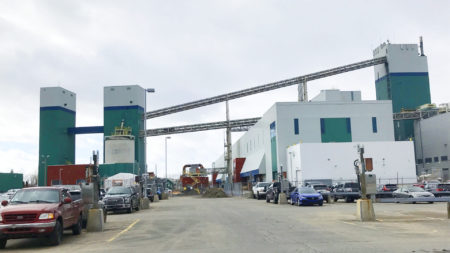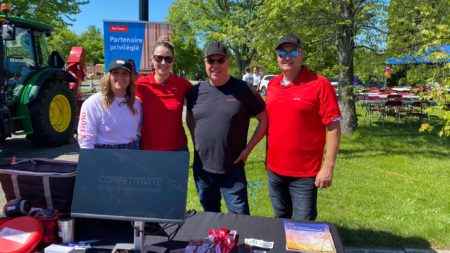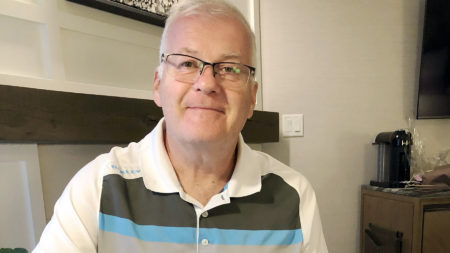Noise Mitigation at Alma Works

Rio Tinto’s commitment to its host communities is reflected in many ways. For instance, the company contributes to the economic vitality of these communities and consistently works with citizens on supporting their health and wellbeing. To preserve this peaceful coexistence, Rio Tinto has set up a complaints management system, whereby citizens can submit suggestions and comments. Following a complaint by a resident about a noise that could be heard near the plant, the team at Alma Works began looking at ways to mitigate the issue.
“An employee who lives in a nearby neighbourhood told me about a siren that kept going off,” explains Alexandre Ouellet, Environment Advisor at Alma Works. “When we receive a complaint through our complaints management system, we always investigate the matter. The employee had recorded the noise, so we were able to start searching for the source.”
The recording was passed along to the various areas of the plant and, at last, the source of the noise was identified. “It ended up being the audible alarm on a conveyor that had been decommissioned, but in the past year, had been reconnected for no apparent reason. The alarm was located on an aerial conveyor, and this is why the sound was travelling throughout nearby neighbourhoods,” says Ouellet. “We went to the plant to doublecheck where the sound was coming from, and once we were sure of the source, we carried out a change management analysis jointly with Frédéric Néron, Operations Supervisor, Éric Tremblay, Safety Advisor, David Lalancette, Safety Representative, and Éric Grenon, Technical Maintenance Coordinator, to assess the risks associated with disabling this alarm.”
Before permanently removing the alarm, we conducted an analysis to make sure that the disconnection would not present any risk to the safety of workers. Since the conveyors were well secured, no underlying risk was identified, and the alarm was not found to serve any useful purpose from a safety standpoint.
“If the safety analysis had found the alarm to be essential, we would have implemented other options to cover the safety aspect,” adds Ouellet. “For example, we could have used a visual alarm, which would have been just as effective, without being a nuisance to the neighbourhood. We had the support of management in resolving this issue and, in the end, the solution turned out to be easy.”
“We are always open to receive complaints and have a process in place to deal with any issues raised. Community relations are a priority for us, and we consider them extremely important. This is why we openly present the complaints we receive and the resulting corrective actions to the Good Neighbourly Relations Committee, which meets several times a year,” concludes Ouellet.


